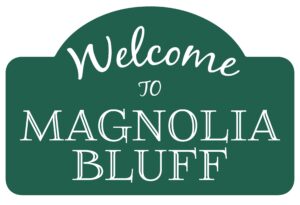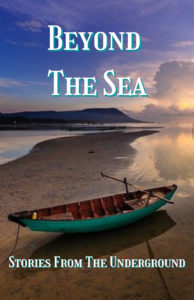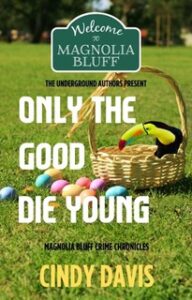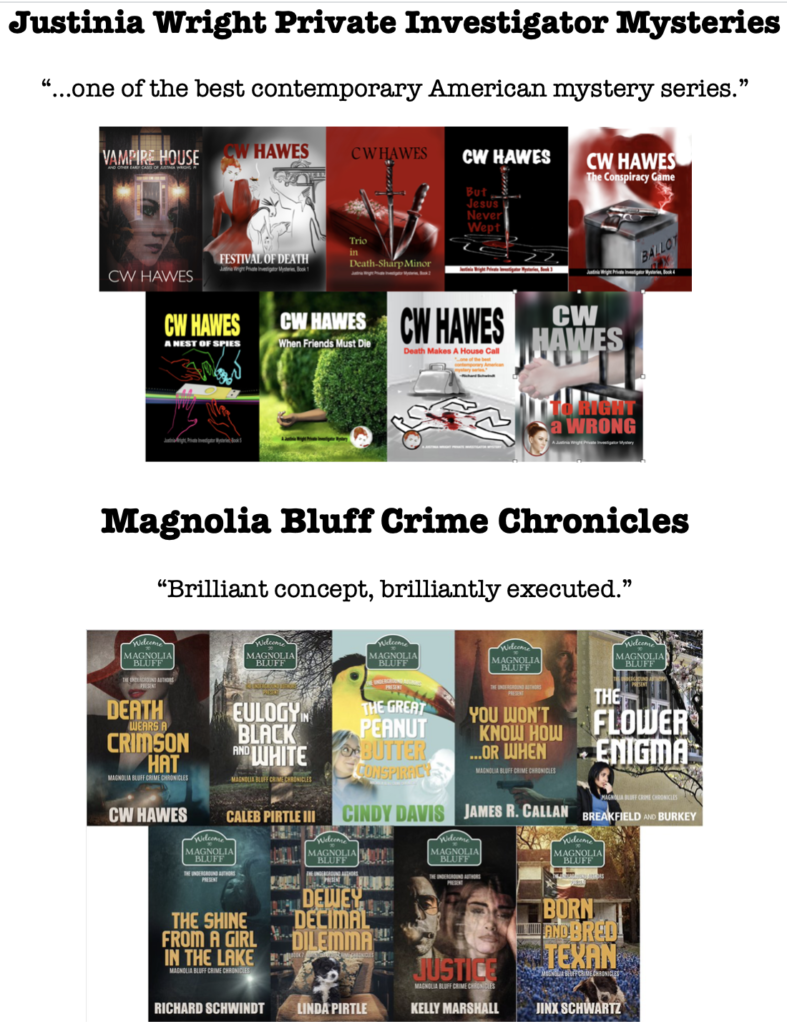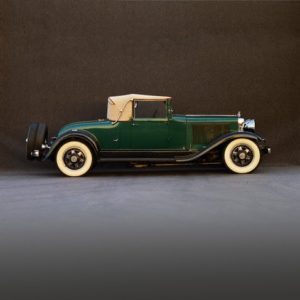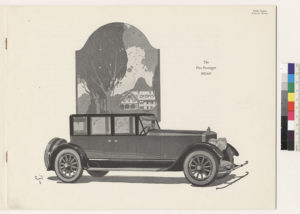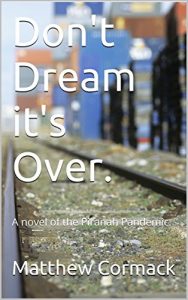Worldbuilding
Worldbuilding is often seen as the exclusive purview of the fantasy and science fiction genres. After all, in those genres the writer is often literally building a world. Creating races of beings. And inventing all manner of things that don’t exist.
Yet, I’d submit that every writer of fiction, to a greater or lesser degree, engages in worldbuilding. After all, even the most real life setting is peopled with human beings the writer has created out of his head.
In addition, the writer may add buildings where none exist, or the reverse. He may create restaurants that have no correspondence to anything real. Yet there they exist in his “real life” setting.
Just because a setting appears “real” doesn’t mean it actually is.
Nevertheless someone may protest, “But that’s not a world the writer is creating.”
And I counter with, “Why not?”
The mystery writer’s world is just as made up as is the fantasy writer’s. Both worlds don’t actually exist. They’ve been built to meet the needs of the the story being told.
A Multi-Author Series
Back in 2021, I proposed to my fellow Underground Authors that we write a multi-author novel series.
We’d just published an outstanding short story collection, Beyond the Sea (get it on Amazon).
So why not go one further?
But what the heck is a multi-author novel series? Well, it’s like any other series of novels — except each book is written by a different writer.
Of course, in practice it’s not as simple as it sounds. It’s more along the lines of attempting to herd a clowder of cats. And that’s mostly due to the temperament of creative-type folks.
Nevertheless, once the idea caught fire with the Underground Authors it took hold and we had ourselves a raging creative prairie fire.
We set ground rules. And proceeded to create our world.
Magnolia Bluff
Out of thin air, we created the town of Magnolia Bluff and set it down in the beautiful Texas Hill Country. The town is very loosely taken from the actual town of Burnet, Texas. We also re-named Buchanan Lake to Burnet Reservoir.
I found Texas state highway numbers no longer being used and used them create highways into and out of town.
We created lots of buildings and institutions, but most of all we created people. Because no town can exist without people.
Out of our imaginations, much like Athena springing from Zeus’s forehead fully dressed for battle, we created a pantheon of major and minor players.
There’s Harry Thurgood, owner of the Really Good Wood-Fired Coffee Shop, a man with a mysterious past.
There’s the Reverend Ember Cole, pastor of the Methodist Church, who also has a past she doesn’t want revealed.
Every town worth it’s salt has a newspaper. So our town has Graham Huston, owner and editor of the Magnolia Bluff Chronicle.
There’s also Bliss, who’s just passing through, but like a boomerang, keeps coming back.
There’s also vacationing Father Frank, JJ, and Jo.
Dr. Mike Kurelek is available to help people with their problems. He also teaches psychology at Burnet College.
What is a town without a library? And Magnolia Bluff has one. Caroline McCluskey is the head librarian.
And a town can’t get by without law enforcement. So we have Police Chief Tommy Jager, Sheriff Buck Blanton, Police Investigator Reece Sovern, Conservation Officer Madison Jackson, and Judge Rutherford B Jones. All doing their duty to make Magnolia Bluff a safe place to live.
There are also those prodigal children who leave their home, sometimes for many years, but manage to find their way back. Blue Bonet is one of those.
But these aren’t the only people. There are 10,000 souls in our town, so there are a lot more folks for you to meet and greet. Not counting the funerals you might encounter while visiting. In fact, count on the funerals.
Each of the Underground Authors has his or her core characters. They are the “untouchables”. The rest of us may use them and abuse them, but we can’t kill them off.
We are now up to 12 writers. Twelve writers building one town, and its people, history, and traditions one book at a time.
Yes, sirree Bob. Worldbuilding at its finest.
Magnolia Bluff Crime Chronicles
Book 12, Only the Good Die Young by Cindy Davis, is on pre-order now. Pick up a copy and immerse yourself in the world of Magnolia Bluff.
You can check out the series page on Amazon. There you will discover more immersion experiences in our wonderful Hill Country town.
Comments are always welcome! And until next time, happy reading!
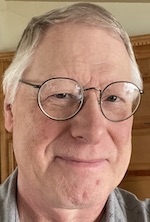 CW Hawes is a playwright; award-winning poet; and a fictioneer, with a bestselling novel. He’s also an armchair philosopher, political theorist, social commentator, and traveler. He loves a good cup of tea and agrees that everything’s better with pizza.
CW Hawes is a playwright; award-winning poet; and a fictioneer, with a bestselling novel. He’s also an armchair philosopher, political theorist, social commentator, and traveler. He loves a good cup of tea and agrees that everything’s better with pizza.
If you enjoyed this post, please consider buying me a cup of tea. Thanks! PayPal.me/CWHawes
Justinia Wright Private Investigator Mysteries on Amazon!
Magnolia Bluff Crime Chronicles on Amazon!
Share This!